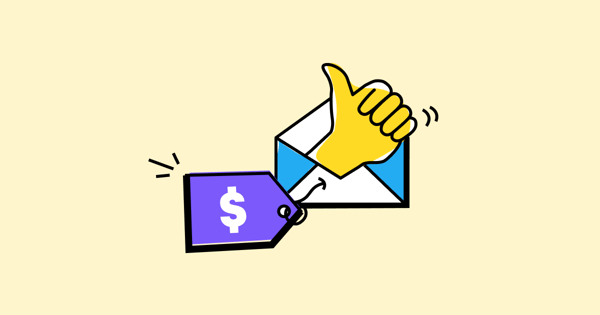Without a crystal ball, it can be difficult to know what drives customers to make a purchase.
This is increasingly complex given that the customer journey is now twistier and turnier than an episode of Game of Thrones.
Yet, there remains a set of categories that consumers tend to fall into regarding what motivates them to buy.
And with a strong understanding of your customers specifically, you can use these motivating factors to help customers along the twisty, turny path to purchase.
Here, I’ll delve into the most common buyer motivations, how to incorporate them into your marketing, plus how to determine the motivations of your own customers.

Buyer Motivation 101
What Is Buyer Motivation?
Buyer motivation is the group of psychological factors that compel consumers to make purchases — ideally now instead of later.
There are 8 key buyer motivations:
- Acceptance
- Aspiration
- Fear
- Financial gain
- Health
- Impulse
- Need
- Pleasure
8 Types of Buyer Motivation
1. Acceptance
We’re inclined to follow suit. The need to be accepted by one’s peers is a huge driving factor for some people.
Thus, you should use social proof in your marketing materials to give this type of consumer a leg up on the bandwagon.
Lavish Alice executes this idea well in this back-in-stock email:
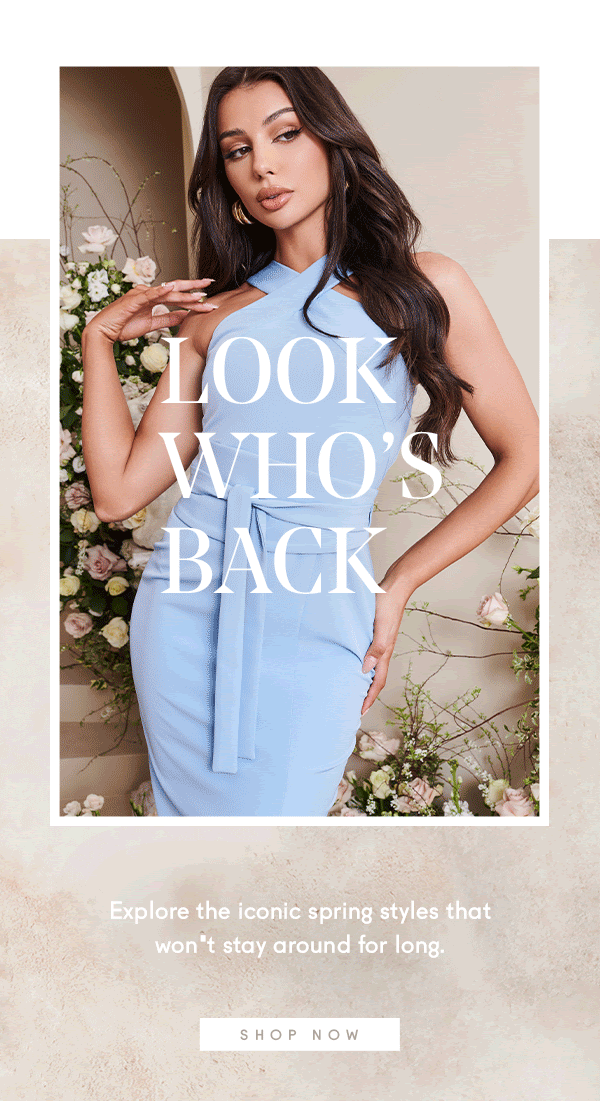 Note how the company writes, “Explore the iconic spring styles that won’t be around for long.”
Note how the company writes, “Explore the iconic spring styles that won’t be around for long.”
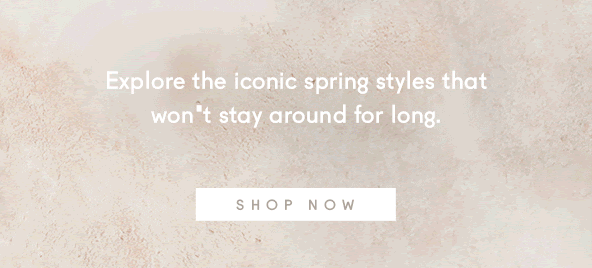 This insinuates that the product is so popular it’s been flying off the shelves. Which of course makes recipients driven by acceptance want to bag the product as it’s so popular.
This insinuates that the product is so popular it’s been flying off the shelves. Which of course makes recipients driven by acceptance want to bag the product as it’s so popular.
Remember that this notion of acceptance doesn’t necessarily concern being accepted by society at large. It also applies to particular demographic and interest groups. For instance, a stay-at-home dad may be keen to have the latest educational toy for his kid in order to fit in with the other dads.
2. Aspiration
This refers to when customers make a purchase they think will help them on their journey toward what they aspire to be. In other words, when people buy products for the purpose of self-improvement.
To appeal to this kind of buyer you must focus your marketing materials on the outcome of the journey, i.e. what consumers will achieve after they make a purchase. This means your marketing needs to be benefits-driven.
Here’s an example from an email newsletter from Buffy:
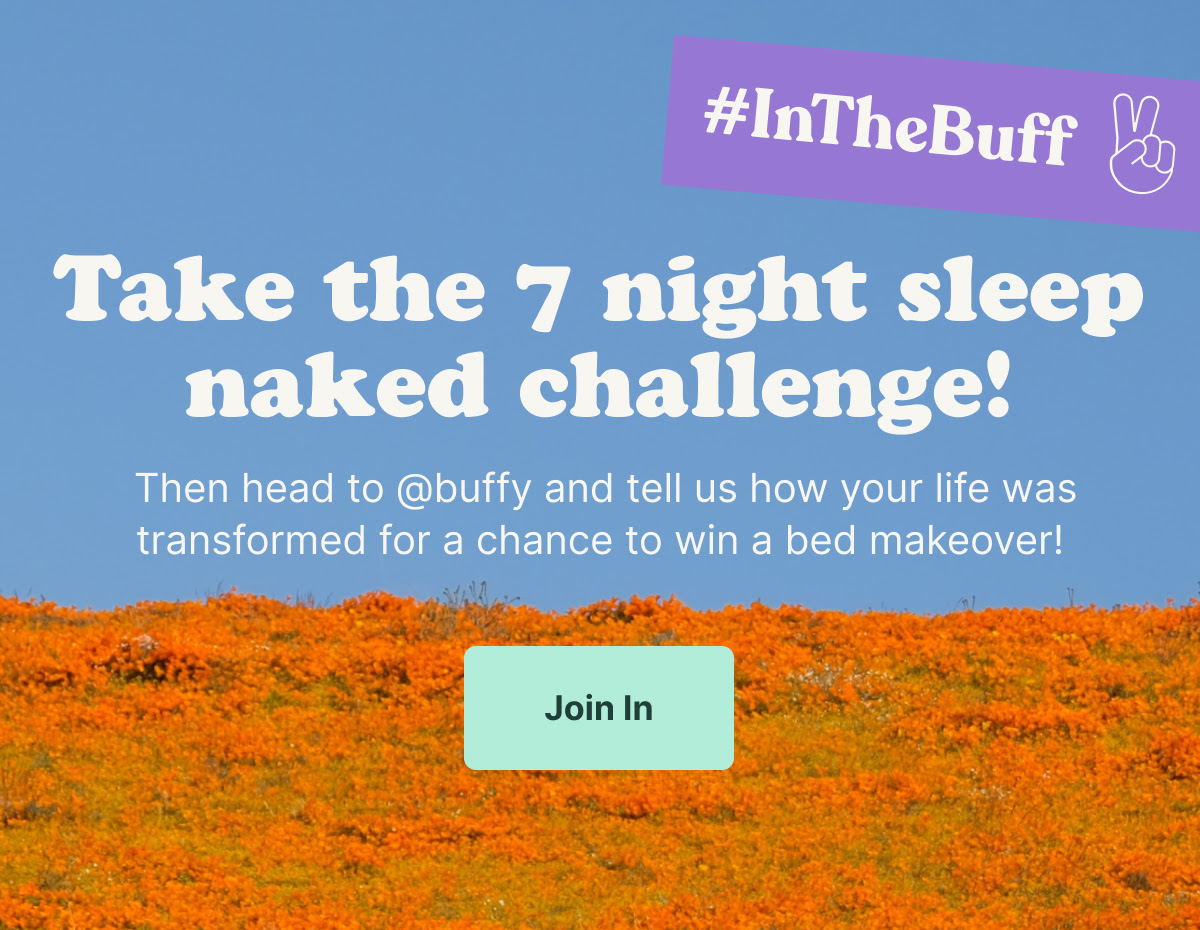 Naturally, the kind of people that buy non-alcoholic beers are motivated by self-improvement. So this type of messaging makes complete sense for the brand.
Naturally, the kind of people that buy non-alcoholic beers are motivated by self-improvement. So this type of messaging makes complete sense for the brand.
A key benefit of the product is that it doesn’t cause hangovers. The brand also writes, “We brewed it specifically for the sport of life and all of the good times that come with it.”
The email as a whole has an atmosphere of people being able to achieve a better, more positive lifestyle. This is of course going to motivate aspirational buyers as they begin to associate the product with such an outcome.
3. Fear
This point is a tricky one. Let’s be clear, you shouldn’t try to scare customers into making a purchase. Because, frankly, that’s gross.
But what you can do is relate how your products might ease the worries or concerns they already have. If you want to remain ethical, you’ll need to do your research and find out about genuine customer anxieties. That is opposed to placing new ones in their head for the purpose of making a buck.
Furthermore, you can ease the fears that may prevent customers from making a purchase. For instance, the fear of wasting money on a product that doesn’t meet their expectations. It’s not a Freddy Krueger-level fear, of course, but this kind of thing may be a worry among your customers.
Barkbox employs this idea in the following email:
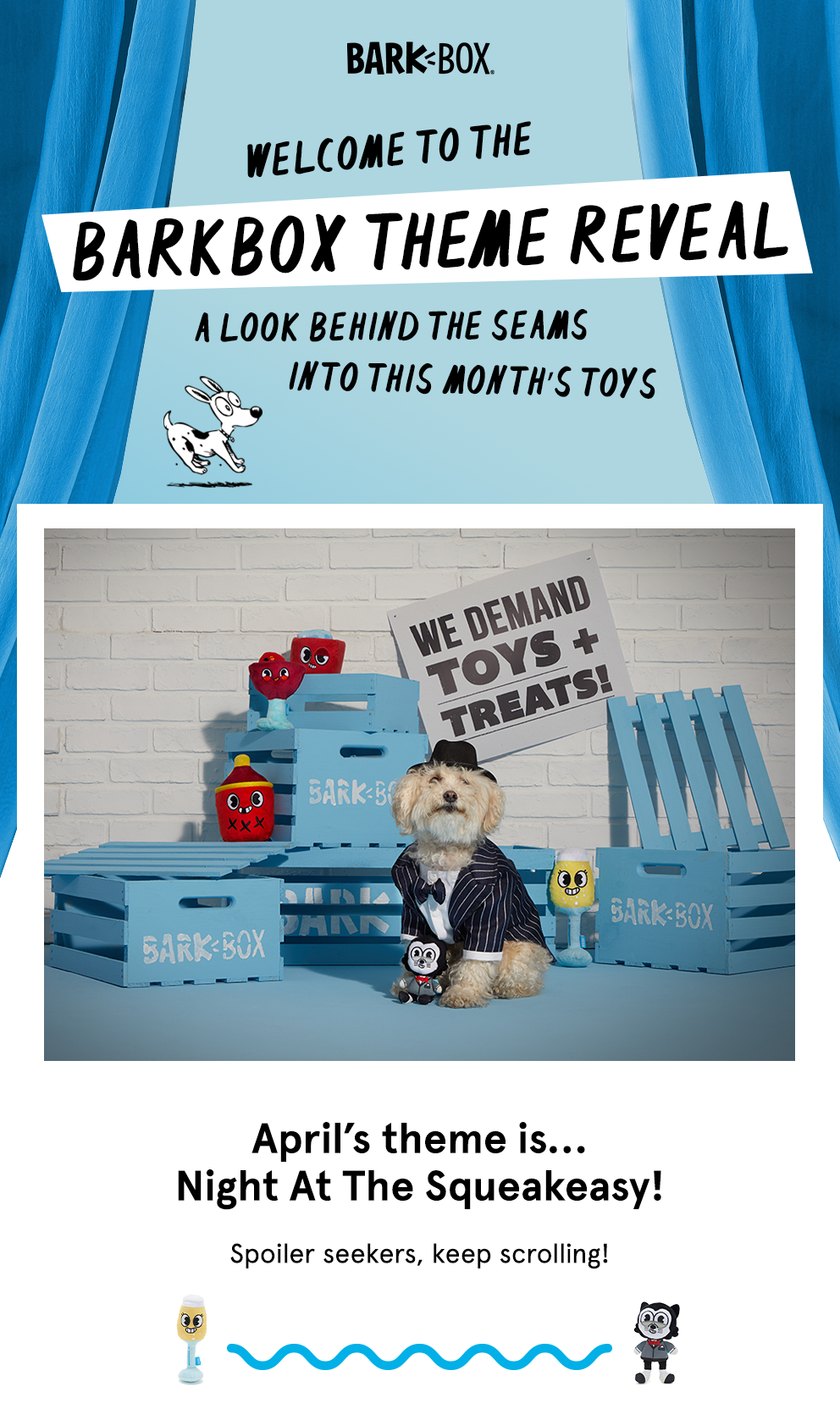 There are a couple of “fears” the company addresses here. For instance, “What if I sign up and my dog doesn’t like the food?” and “Is this really healthy for my dog?”
There are a couple of “fears” the company addresses here. For instance, “What if I sign up and my dog doesn’t like the food?” and “Is this really healthy for my dog?”
4. Financial Gain
In B2B, this refers to the concept of spending money to make money. This doesn’t really apply to e-commerce of course.
So here we might consider the idea of financial incentive rather than financial gain. In other words, when customers make a purchase that saves them money. For instance, a subscription to a replenishment service leads to savings in the long term.
The message is clear in this email from Prose:
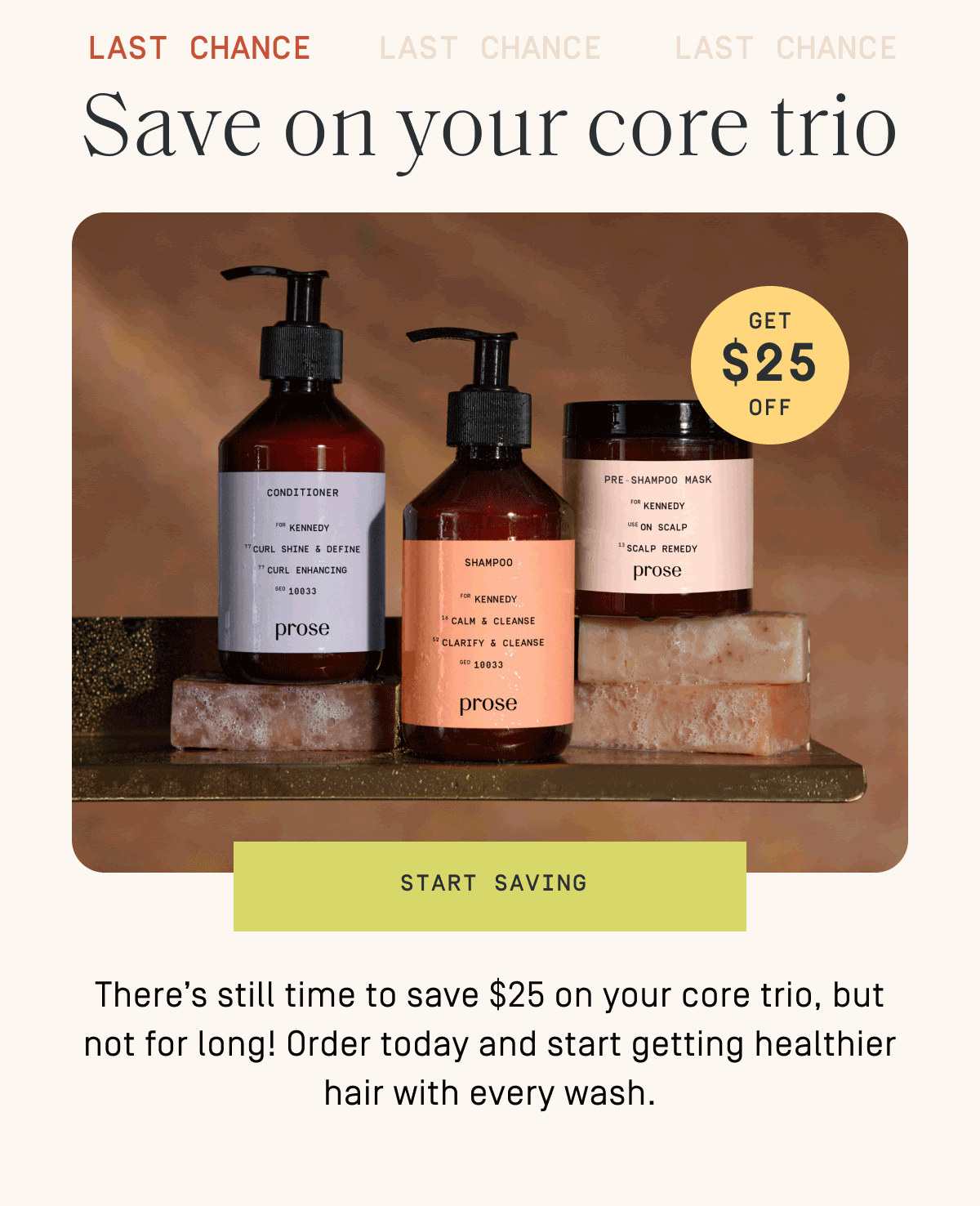 It urges customers to “Start Saving.” You can send a message like this to customers that are driven by financial incentives and have made a previous purchase from your company.
It urges customers to “Start Saving.” You can send a message like this to customers that are driven by financial incentives and have made a previous purchase from your company.
Rather than buy the item at a higher price point once a month, they may as well sign up and get the discount. This ties them into a long-term relationship with your brand and extends the lifetime value of the customer.
5. Health
Those motivated to buy for health reasons may be concerned with improving their overall wellbeing. Or they may have specific health needs or ailments they need help with.
Health is a big market with lots of competition. To appeal to the health-conscious buyer you must find a way to prove that your product really works. This means using evidence such as customer stories, scientific studies, and so on within your marketing.
Here Jenki outlines the benefits of Matcha tea compared to other caffeinated drinks:
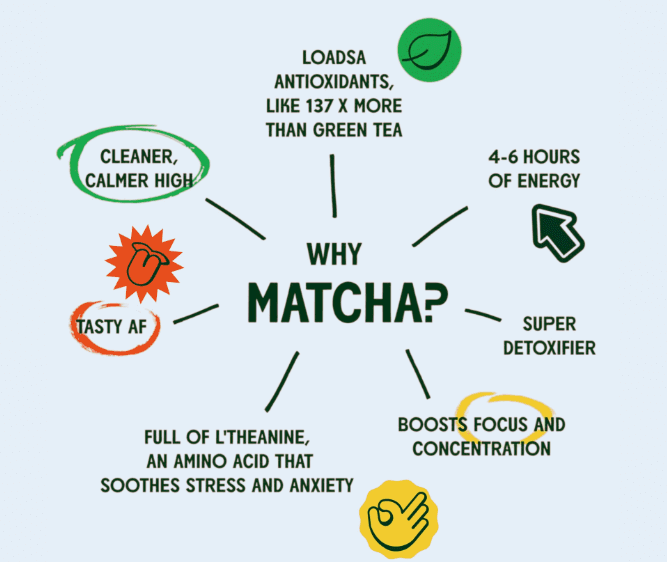 Note that they use numbers, such as “4–6 hours of energy” and “loadsa antioxidants, 137x more than green tea.” Numbers, stats, data—whatever you want to call it—health-motivated customers will find this kind of evidence convincing.
Note that they use numbers, such as “4–6 hours of energy” and “loadsa antioxidants, 137x more than green tea.” Numbers, stats, data—whatever you want to call it—health-motivated customers will find this kind of evidence convincing.
This is mighty appealing to consumers who want to swap coffee for a healthier option. It outlines the benefits of using genuine accounts. Other people are always going to seem more trustworthy than the brand itself.
6. Impulse
Impulse buyers make a purchase in the heat of the moment without thinking. This is a motivation worth paying attention to. Eighty-four percent of consumers say they’ve made an impulse purchase.
There are multiple ways to sell to impulse buyers. A cross-sell at the checkout page, for instance, is a great idea.
Studies also show that people are most likely to make an impulse purchase when they’re excited or bored. So you may wish to find a way to build excitement among customers. This could be with a great offer or by creating a sense of urgency.
Here’s an example of a Black Friday email from Kate Spade:
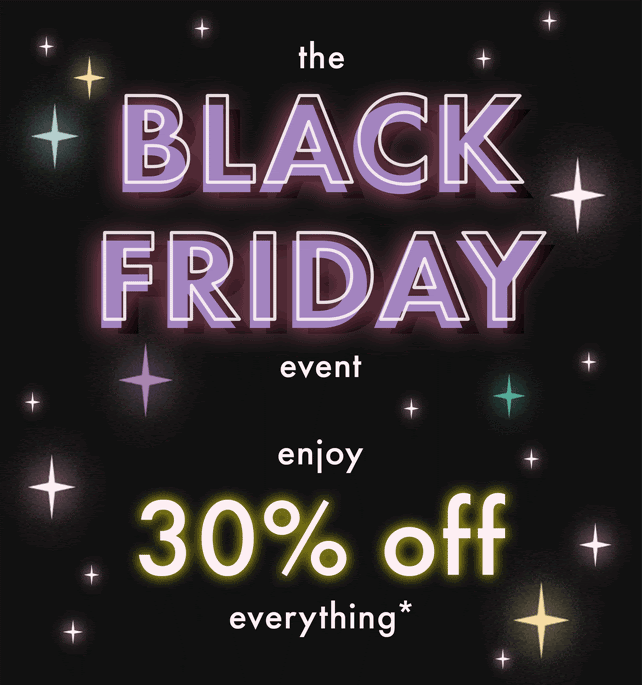 There’s a 30 percent off deal coupled with a countdown timer. The fact that the offer is time-limited and customers can see the time ticking away before their eyes encourage them to act, not think.
There’s a 30 percent off deal coupled with a countdown timer. The fact that the offer is time-limited and customers can see the time ticking away before their eyes encourage them to act, not think.
7. Need
In this instance, consumers have a problem that they need to resolve. They might not know what the solution is to that problem yet. So you have to position your product(s) as a great problem-solver.
This type of consumer isn’t just buying something for the sake of it like an impulse buyer. Selling to them requires a deep knowledge of the customer and an ability to show them how you can help them.
Snowe does an excellent job of this here:
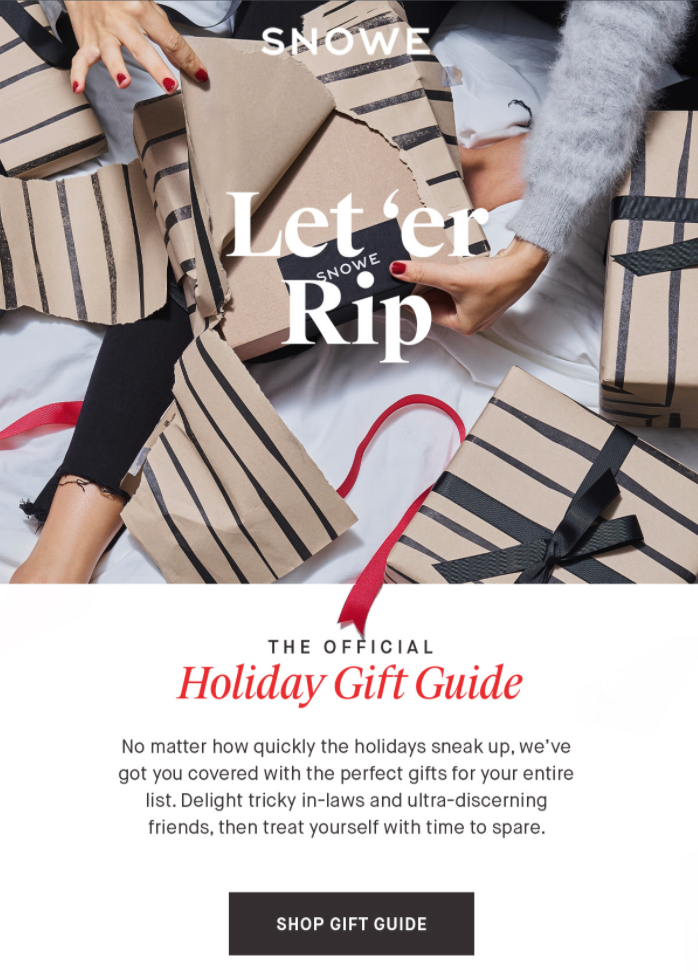 They show that their product stands out among the pack. They’ve addressed a gap in the outdoor apparel market by creating functional clothing for warm weather trails.
They show that their product stands out among the pack. They’ve addressed a gap in the outdoor apparel market by creating functional clothing for warm weather trails.
The company says the product is “lightweight, breathable, and dust-gaiter compatible, making troublesome sand and sagebrush a non-issue.” Now, this might not mean anything to you or me. But it will to Danner’s customers.
This copy shows that they’ve truly considered the issues that hikers might face in these terrains and removed them.
8. Pleasure
This concerns the non-essential purchases. The stuff customers buy because they’ll enjoy it, not because they actually need it. You’ll know if your product falls into this category.
One of the best ways to market this kind of product is to emphasize the idea of treating yourself. Especially since people are really into the idea of practicing self-care for your emotional and mental health these days.
Pura Vida has brought this sentiment into its marketing:
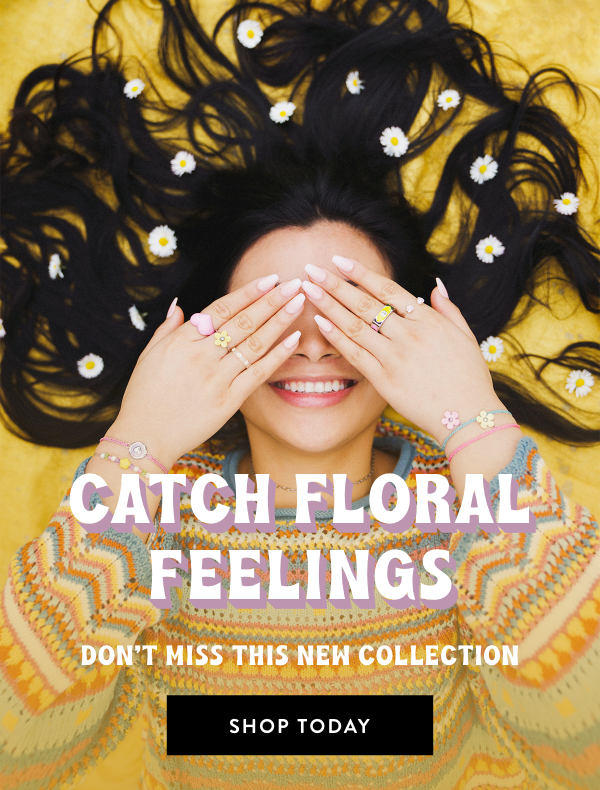 The brand writes, “Catch Floral Feelings.” Not that you need it, but you deserve it. This is the kind of sentiment that appeals to pleasure-seeking buyers.
The brand writes, “Catch Floral Feelings.” Not that you need it, but you deserve it. This is the kind of sentiment that appeals to pleasure-seeking buyers.
You can also use demographic and psychographic info, i.e. elements such as the customer’s interests and attitudes, to direct your approach in this case. Again, you need a solid understanding of your audience if you’re going to address their desires.
How to Establish Buyer Motivation
Track Buyer Activities
Track customers’ on-site behaviors. For instance, what kind of content do they engage with most on your website? A customer that reads your how-to posts may be driven by need, while a customer that mostly reads travel guides is driven by pleasure and so on.
You could use a tool such as Drip to automatically segment customers into groups with different motivations based on their on-site behaviors. For example, when they click on one type of content they enter a particular segment.
Then have them enter a workflow in which they’ll receive the content and offers most relevant to them.
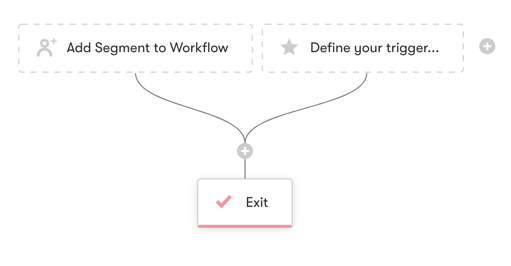
Utilize Data
Analytics and machine learning tools provide a lot of interesting data about the psychographics and demographics of your audience.
Google Analytics, for instance, creates a Demographics and Interests report for your site visitors. This includes categories such as age, gender, and location which could be indicators of any social and cultural motivations.
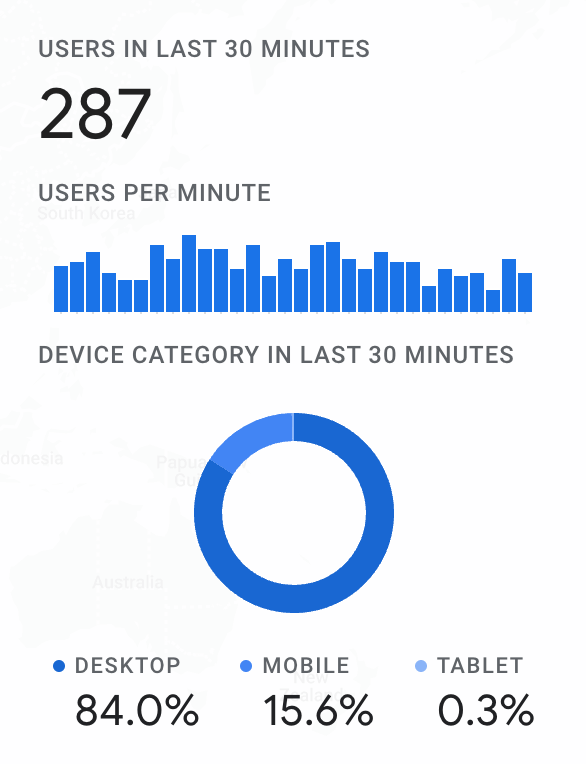 The report also contains “affinity categories” which direct you to the types of interests visitors have such as “foodies” and “technophiles.” You can use this information to influence your messaging.
The report also contains “affinity categories” which direct you to the types of interests visitors have such as “foodies” and “technophiles.” You can use this information to influence your messaging.
Naturally, you should also be using analytics to monitor the performance of your campaigns. You can see if you’ve got the messaging right for the segment in question based on the number of clicks, for example.
Better Understand Customers
The easiest way to understand what motivates customers is to go straight to the horse’s mouth.
Collect feedback or carry out a survey. You might ask how important aspects such as “value for money”, “recommendations from friends”, and so on are when they make a purchase. Then have customers answer on a scale from Unimportant to Very Important.
Here’s a Formstack example of how your survey might look:
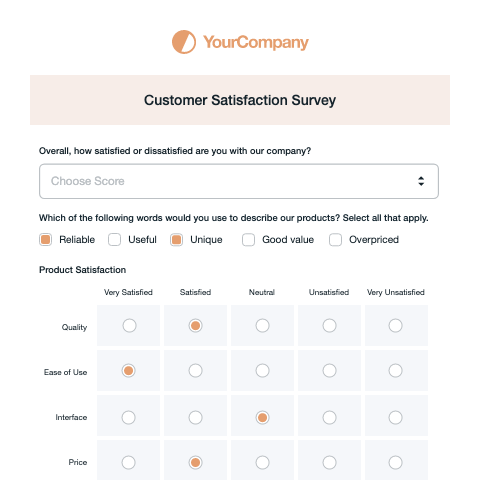 You may wish to translate their answers to the main motivation categories, e.g. those who care about value for money are motivated by financial gain.
You may wish to translate their answers to the main motivation categories, e.g. those who care about value for money are motivated by financial gain.
Another option would be to use a sentiment analysis tool. This kind of tool helps you track common keywords and ideas in customer reviews, posts, communications, and so on across different channels. Perhaps, the same feedback pops up over and again, say with people talking about how they bought your product for health reasons.
How To Segment Customers Based On Buyer Motivation
Needs-Based Segmentation
Needs-based segmentation divides a company's customer base into distinct groups based on their specific needs, preferences, and pain-points.
Doing that helps you better understand the diverse requirements of your customers and personalize marketing efforts, products, and services to address those unique needs effectively.
And guess what? According to McKinsey, 71% of customers expect you to offer them a personalized buying experience, and 76% of buyers fret and fume when there isn’t one.
Here’s how you should go about it:
- Data Collection: Gather relevant data about customers — such as demographics, purchase history, online behavior, and feedback — to form a fuller customer persona to craft a wholesome product.
- Identifying Customer Needs: Analyze the data to identify patterns and commonalities among customers to determine their various needs and expectations.
- Segmentation Criteria: Define the criteria to categorize customers into different segments based on their needs — like geographic location, age, lifestyle, buying frequency, product preferences, etc.
- Segmentation Analysis: It’s time to use tools like Drip to cluster customers into distinct segments based on these identified criteria.
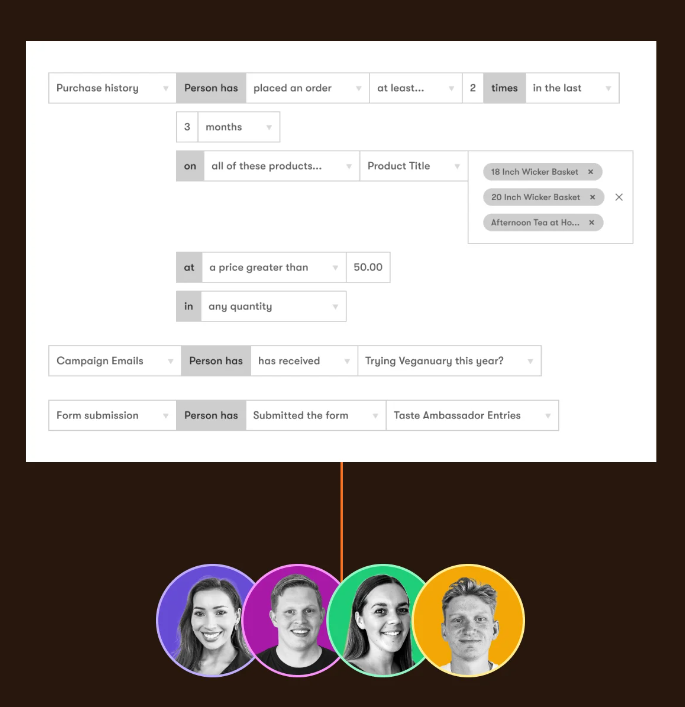
- Segment Profiling: Once you’ve finished segmentation, profile each group in detail to understand their unique characteristics, pain points, and desires.
- Tailored Marketing: Create personalized marketing campaigns and product offerings for different customer segments. This will make sure that your marketing messages connect with the specific needs and preferences of each group.
Needs-based customer segmentation helps companies avoid the one-size-fits-all approach and instead focus on providing relevant and meaningful experiences to different customer groups.
Interestingly, this can help you spike up customer loyalty so much so that your most loyal customers feel compelled to become your brand ambassadors.
Demographic Segmentation
Demographic segmentation refers to quantifiable and measurable attributes of a population, and in the context of customer segmentation, these attributes are used to understand the composition of the customer base. This helps in tailoring marketing campaigns, products, and communications for specific demographic groups.
To understand deeply where your customers come from, you make a note of the following demographic characteristics:
- Age
- Gender
- Income
- Education
- Occupation
- Geographic location
- Marital status, and more.
This changes the whole game, and adds context to your marketing campaigns.
Why? Because products and their advertising aimed at young adults (age demographic) may differ in tone and content from that targeting seniors.
For example: Urban Monkey, with a strong focus on street artist culture, rapidly grew into a $12 Million ARR brand by consistently hitting the bullseye of its target buyer demographic: young adults aged 18-25, living in cosmopolitan cities, and earning well. And their products and website copy reflect their clear understanding of their demographics.
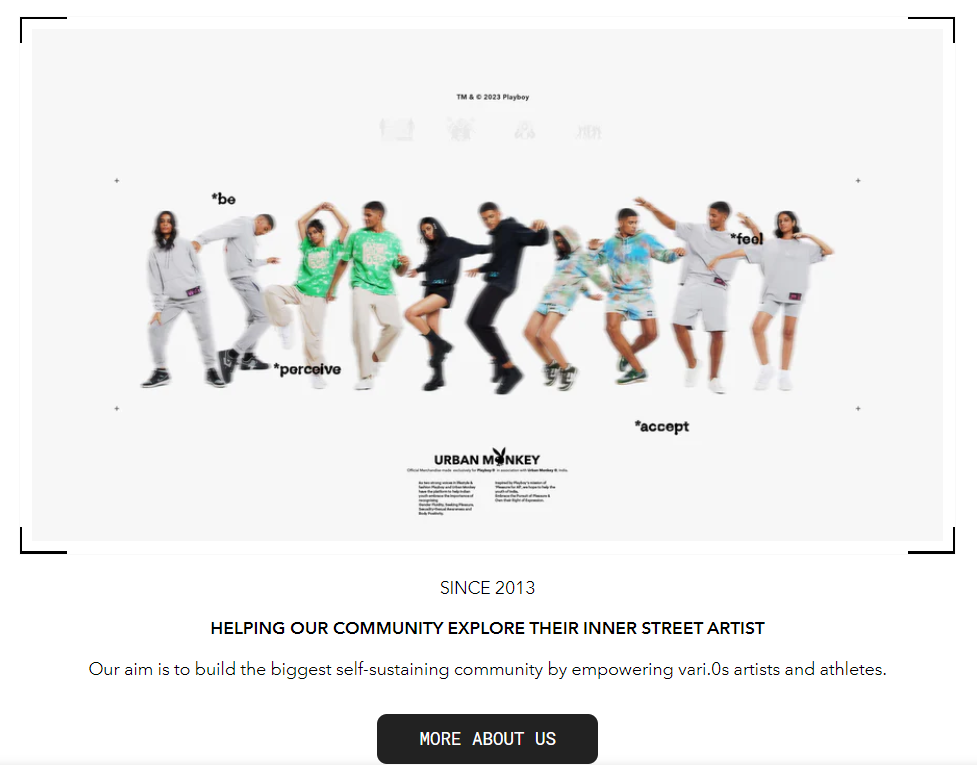 While demographic segmentation can be useful, you must recognize that demographic characteristics don't really capture the full complexity of individual customer needs and behaviors.
While demographic segmentation can be useful, you must recognize that demographic characteristics don't really capture the full complexity of individual customer needs and behaviors.
Because people within the same demographic group can still have diverse preferences, interests, and motivations.
Therefore, combining demographics with other segmentation approaches — such as psychographics or needs-based segmentation — can provide a more comprehensive understanding of customers and lead to more ROI-boosting marketing strategies.
See, it’s not about sticking with a particular segmentation strategy, but focusing on understanding your customers hardcore to be able to jack up the revenue by providing them with the products they need and desire.
Behavioral Segmentation
With behavioral customer segmentation, you group customers based on their past (mostly, buying) behaviors, interactions, and engagement with your brand.
This eliminates the guesswork and enables you to make data-driven decisions and optimize marketing efforts, which renders you a standout in a sea of similar ecommerce brands.
Unlike demographic segmentation, which relies on quantifiable attributes, this examines how customers actually behave and respond to marketing efforts.
And that helps you understand if there is a gap between what your potential customers say what they want and what they really respond to.
The behavioral variables employed in this approach include:
- Purchase behavior
- Product usage
- Engagement rate
- Response to marketing campaigns
- Website behavior
- Customer loyalty
- Customer service interactions
By analyzing these variables, you can offer spot on product recommendations, tailored to each segment's preferences and behaviors, to toss them into the repeated buying cycle.
To quickly put this into action, you can group frequent high-spenders who prefer premium products and are a part of loyalty programs, occasional buyers seeking discounts, cart abandoners who need retargeting, and new customers exploring your website.
Behavioral segmentation reigns supreme because of its:
- Precision in targeting
- Predictive power in anticipating customer needs
- Ability to identify at-risk customers for retention efforts
- Efficient resource allocation in marketing, and guidance for product development
Psychographic Segmentation
Psychographic segmentation segregates your customer base into distinct groups based on psychological and lifestyle attributes.
Unlike demographic segmentation that focuses on quantifiable characteristics, and behavioral segmentation that analyzes past actions, it gets deep into the motivations and underlying drivers that influence customer decision-making and preferences, like:
- Personality traits (introverts, extroverts, adventurous, or conservative individuals)
- Core values and belief systems
- Interests and hobbies
- Lifestyle choices (health-conscious, luxury-oriented, environmentally conscious, etc.)
- Attitudes and opinions (customers' attitudes and opinions towards various subjects, brands, or societal issues)
- Social class (based on social and economic status)
By aligning brand messaging with these factors, you can build an emotional bond with customers, which quietly breeds long-term loyalty.
Moreover, grasping customers' lifestyles and motivations help you position your product(s) just right.
Plus, psychographics may reveal untapped niche segments or underserved markets with unique needs — giving you a probable blue ocean opportunity.
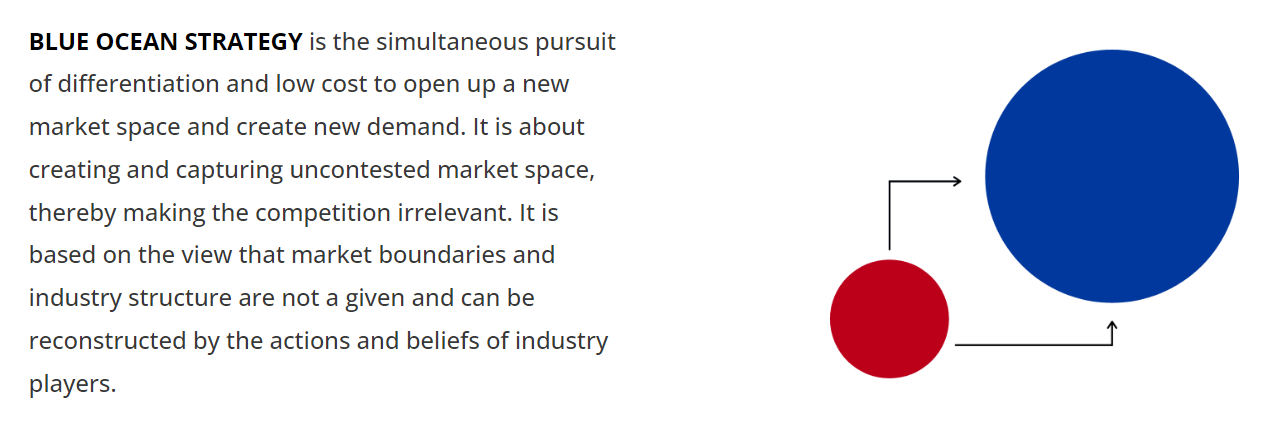 For example:
For example:
Trekitt sells outdoor adventure equipment and gear, and could implement psychographic customer segmentation as follows:
- Adrenaline junkies: They’re motivated by the excitement rush and are drawn to extreme sports and challenging expeditions. The brand can target them with high-performance gear, advanced equipment, and promote adrenaline-fueled managed experiences.
- Nature lovers: These peeps value the serenity of nature and prioritize sustainable, eco-friendly products. They prefer eco-conscious brands, biodegradable gear, and seek products that align with their environmental values.
- Family explorers: Includes families looking for outdoor gear suitable for bonding experiences. They prioritize safety, durability, and user-friendly products for all ages. Trekitt can offer family-friendly camping equipment, outdoor games, and comfortable gear for camping trips.
- Fitness enthusiasts: They seek gear that complements their fitness routines like running, hiking, or cycling. So, the company can promote fitness-oriented products such as sports apparel, fitness trackers, and hydration gear.

Final Word
There are a common set of psychological factors that drive purchases. With a solid grasp of your audience, you can figure out which categories your customers fall into. Then apply what you’ve learned about your customers to appeal to their motivations.
The next step for you is to begin researching your customer’s needs and desires. Then it’ll be easier to place customers into segments and personalize your messaging.
Understanding buyer motivation is the first step. The next is figuring out how to segment those customers out so you can target them properly.
That’s where Drip comes in. With Drip, you can easily and automatically segment your customers based on their buying intent. Unlike other marketing automation platforms, Drip makes segmentation accessible and easy to do. If you’re looking for a good way to target your customers, you can try Drip free for 14 days. You won’t regret it!
